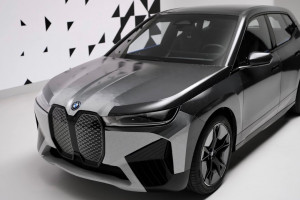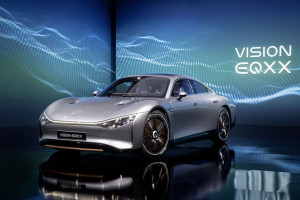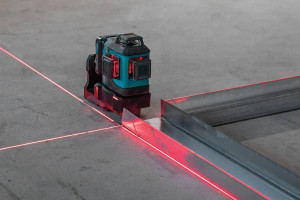Starting January 1, 2022, industrialin.com has become intradefairs.com. By this measure we respond to our website users who requested a more flexible and diversified platform for interaction with other users and for organizing events.
News
For people who feel indecisive about what color vehicle to buy, this German automaker may have the solution. The BMW Flow electric SUV concept can change hues at the press of a button, going from white to gray or black and back again in moments. Relying on E Ink, the electronic paper technology used in e-readers, the effect is startling even if it can't go beyond shades of gray.
Energy prices fell 3,1% in December, adding to the 6,2% decline in November. Non-energy prices, on the other hand, jumped 1,3 %.
Mercedes-Benz has unveiled the Vision EQXX research car, a luxury electric vehicle with efficiency at the forefront. The prototype has a range of more than 1,000 kilometres on a single battery charge, which equates to consumption of less than 10 kWh of energy per 100 kilometres. VISION EQXX demonstrates precisely what will make an electric vehicle a Mercedes-Benz in the future, with lightweight design, battery innovations and new materials.
Energy prices retreated 6,4% in November, the largest monthly decline since April 2020. Prices however remain 110% higher than one year earlier.
As a result of the EV boom, the Tesla Model 3 topped the European model rankings in September, with 24,600 registered units – a 2.6% market share. This is both first time that an EV has led the market and the first time that a vehicle manufactured outside of Europe has occupied the top spot.
Due to the success of these two models, Tesla leads the BEV market with a share of 24%, ahead of the Volkswagen Group with 22%, Stellantis with 13%, and Hyundai-Kia with almost 11%. Tesla also registered more new cars than established brands including Fiat, Nissan or Seat.
Makita announced the release of 12V max CXT® Self-Leveling 360° 3-Plane Lasers with red beam (SK700D) and green beam (SK700GD). These lasers are ideal for the layout phase of construction and a variety of trades, including HVAC, drywall, MEP, carpentry, deck building, masonry, and many more.





